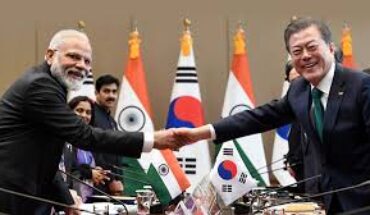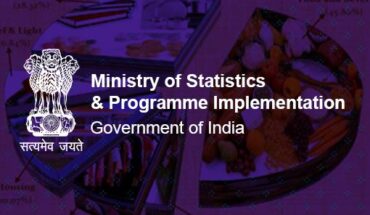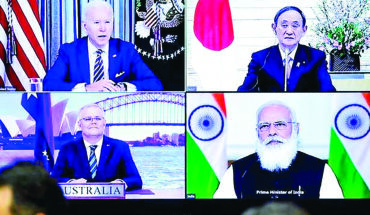Acting on the Budget’s plan to monetise public assets to fund fresh capital expenditure on infrastructure, the government has released an exhaustive list of projects and facilities to be offered to private investors over the next four years. What distinguishes it from the new public sector disinvestment policy is that a change of ownership is not envisaged. The government estimates these assets — airports, coal mines, highway stretches, even urban tracts, stadia and hotels — to fetch around Rs 5.96-lakh crore through structured leasing and securitisation transactions. This, in turn, could help fund the National Infrastructure Pipeline with new projects worth Rs 100-lakh crore, although the Government has said fiscal constraints are not the trigger for this plan. As Finance Minister Nirmala Sitharaman has emphasised, these assets or the land therein will not be sold but private players will be asked to pay for operation and management rights and expected to modernise assets that are either languishing or are simply under-utilised. An infrastructure investment trust (InvIT) structure has already been used this year by the PowerGrid Corporation to raise funds against its transmission lines network and could be used for highways, gas pipelines and railway tracks, including the Dedicated Freight Corridor. About Rs 88,000 crore is expected from the National Monetisation Pipeline (NMP) in this year itself, in addition to the Rs 1.75-lakh crore already estimated in the Budget from the sale of public firms such as Air India and BPCL. While this Government is yet to complete a single PSU sale, the risks of adverse audit paras about valuations and processes hang over monetisation deals too. With proposed concession periods running up to 60 years for some assets, NMP deals could pose a long-term headache if they are not structured with end-user interests in mind, balancing the profit and utility motives. Weigh risks and rewards before hand.





